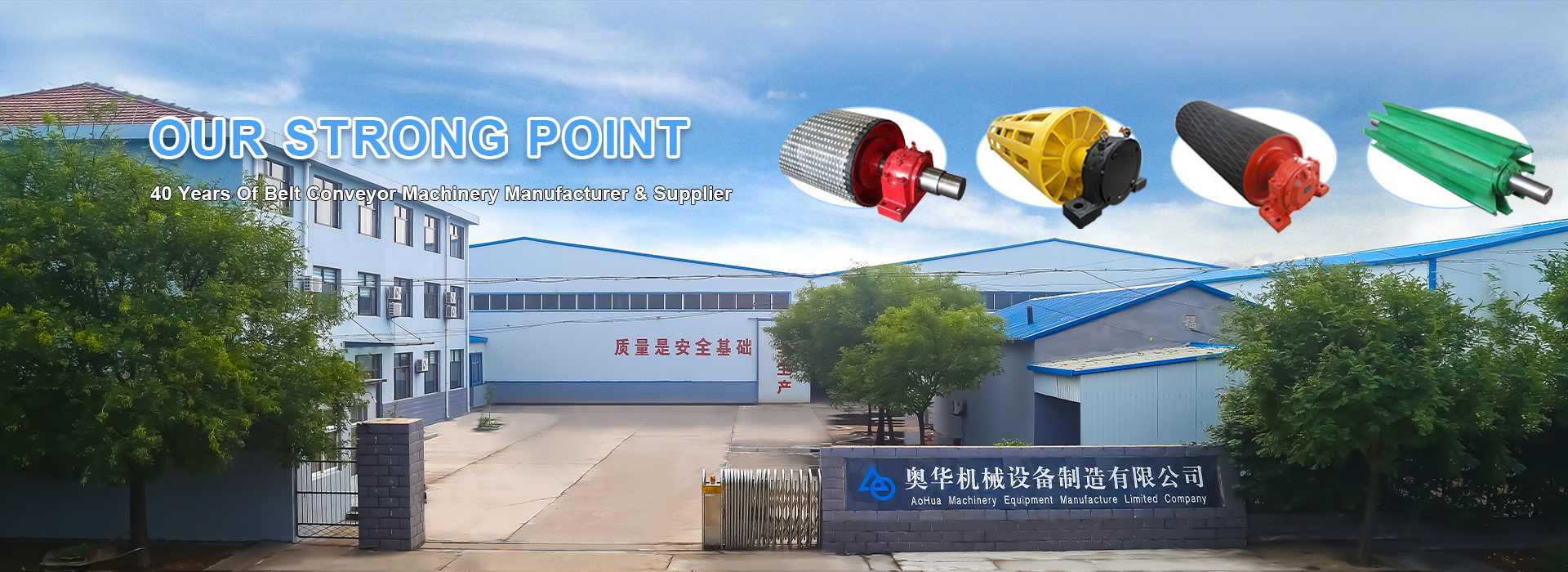 Afrikaans
Afrikaans  Albanian
Albanian  Amharic
Amharic  Arabic
Arabic  Armenian
Armenian  Azerbaijani
Azerbaijani  Basque
Basque  Belarusian
Belarusian  Bengali
Bengali  Bosnian
Bosnian  Bulgarian
Bulgarian  Catalan
Catalan  Cebuano
Cebuano  Corsican
Corsican  Croatian
Croatian  Czech
Czech  Danish
Danish  Dutch
Dutch  English
English  Esperanto
Esperanto  Estonian
Estonian  Finnish
Finnish  French
French  Frisian
Frisian  Galician
Galician  Georgian
Georgian  German
German  Greek
Greek  Gujarati
Gujarati  Haitian Creole
Haitian Creole  hausa
hausa  hawaiian
hawaiian  Hebrew
Hebrew  Hindi
Hindi  Miao
Miao  Hungarian
Hungarian  Icelandic
Icelandic  igbo
igbo  Indonesian
Indonesian  irish
irish  Italian
Italian  Japanese
Japanese  Javanese
Javanese  Kannada
Kannada  kazakh
kazakh  Khmer
Khmer  Rwandese
Rwandese  Korean
Korean  Kurdish
Kurdish  Kyrgyz
Kyrgyz  Lao
Lao  Latin
Latin  Latvian
Latvian  Lithuanian
Lithuanian  Luxembourgish
Luxembourgish  Macedonian
Macedonian  Malgashi
Malgashi  Malay
Malay  Malayalam
Malayalam  Maltese
Maltese  Maori
Maori  Marathi
Marathi  Mongolian
Mongolian  Myanmar
Myanmar  Nepali
Nepali  Norwegian
Norwegian  Norwegian
Norwegian  Occitan
Occitan  Pashto
Pashto  Persian
Persian  Polish
Polish  Portuguese
Portuguese  Punjabi
Punjabi  Romanian
Romanian  Russian
Russian  Samoan
Samoan  Scottish Gaelic
Scottish Gaelic  Serbian
Serbian  Sesotho
Sesotho  Shona
Shona  Sindhi
Sindhi  Sinhala
Sinhala  Slovak
Slovak  Slovenian
Slovenian  Somali
Somali  Spanish
Spanish  Sundanese
Sundanese  Swahili
Swahili  Swedish
Swedish  Tagalog
Tagalog  Tajik
Tajik  Tamil
Tamil  Tatar
Tatar  Telugu
Telugu  Thai
Thai  Turkish
Turkish  Turkmen
Turkmen  Ukrainian
Ukrainian  Urdu
Urdu  Uighur
Uighur  Uzbek
Uzbek  Vietnamese
Vietnamese  Welsh
Welsh  Bantu
Bantu  Yiddish
Yiddish  Yoruba
Yoruba  Zulu
Zulu conveyor impact bars
Conveyor Impact Bars Essential Components for Material Handling Systems
In the world of material handling, efficiency and durability are paramount. One critical component that plays a significant role in ensuring the smooth functioning of conveyor systems is the conveyor impact bar. These bars are specially designed to absorb the impact of material dropped on a conveyor belt, protecting the system from damage and enhancing operational performance.
Understanding Conveyor Impact Bars
Conveyor impact bars are typically made from high-quality, abrasion-resistant materials such as polyurethane or rubber. They are installed at the loading points of conveyor systems, where material is deposited onto the belt. The primary function of these bars is to cushion the impact of falling materials, thereby reducing the risk of damage to the conveyor belt and other structural components.
When materials are dropped onto a conveyor, they can create significant stress on the belt and supporting frame. Without proper cushioning, this stress can lead to excessive wear and tear, ultimately resulting in costly repairs and downtime. Impact bars mitigate this risk by absorbing and dissipating the energy generated during the drop, ensuring a longer lifespan for the conveyor system.
Benefits of Conveyor Impact Bars
1. Enhanced Durability One of the main advantages of using impact bars is their capacity to prolong the life of conveyor belts. By absorbing shocks and preventing direct impact on the belt, these bars help minimize wear and tear, which is crucial for maintaining operational efficiency.
2. Reduced Maintenance Costs Regular maintenance and replacement of conveyor components can be a significant expense for businesses. Impact bars help reduce the frequency of repairs needed by protecting the belt from damage, ultimately lowering maintenance costs over time.
conveyor impact bars

3. Improved Productivity With less downtime due to repairs and maintenance, conveyor systems can operate more smoothly and efficiently. This improvement increases overall productivity, as materials can be transported without interruptions, leading to a more streamlined operation.
4. Noise Reduction The installation of conveyor impact bars can also contribute to a quieter working environment. By cushioning the impact of materials, these bars help diminish the noise generated during loading and material transfer, creating a more comfortable atmosphere for workers.
5. Customization Options Conveyor impact bars are available in various sizes and designs, making them suitable for a wide range of applications. Businesses can choose from different lengths, widths, and thicknesses to find the perfect fit for their specific conveyor system, ensuring optimal performance and compatibility.
Applications of Conveyor Impact Bars
Conveyor impact bars are widely used across various industries, including mining, food processing, construction, and recycling. In the mining industry, for instance, these bars protect conveyor systems handling heavy and abrasive materials. In food processing, they ensure that delicate products are transported with minimal risk of damage.
In construction and recycling, impact bars play a crucial role in transporting debris and other materials, where the risk of impact damage is high. Their versatility and effectiveness make them an essential consideration for any business relying on conveyor systems for material transport.
Conclusion
In conclusion, conveyor impact bars are vital components of modern material handling systems. Their ability to absorb shock and protect conveyor belts ensures the longevity and reliability of these systems. By investing in high-quality impact bars, businesses can enhance their operational efficiency, reduce maintenance costs, and improve workplace safety. As industries continue to evolve, the role of conveyor impact bars will remain critical in facilitating seamless material handling processes.
-
Trusted Conveyor Solutions from Leading Conveyor Idler Roller ManufacturersNewsJun.27,2025
-
Reliable Return Idler Solutions for Efficient Belt Conveyor SystemsNewsJun.27,2025
-
Precision Conveyor Accessories for Streamlined Material HandlingNewsJun.27,2025
-
High-Quality Belt Conveyor Idler Solutions for Efficient Material HandlingNewsJun.27,2025
-
High-Performance Belt Conveyor Pulleys for Reliable Material HandlingNewsJun.27,2025
-
Enhancing Material Handling EfficiencyNewsJun.27,2025





























